Online
Panorama of the Special Graphite Industry Chain
2024-07-17

Upstream: Raw materials
Special graphite materials refer to graphite with a carbon mass fraction greater than 99%, also known as "three high graphite" (high strength, high density, high purity), which belongs to new carbon materials. Special graphite is widely used in metallurgy, chemical industry, machinery, electronics, photovoltaics, lithium batteries, artificial diamonds, new energy, aerospace, military industry, nuclear engineering and other industries, and is one of the irreplaceable important resources for strategic emerging industries.
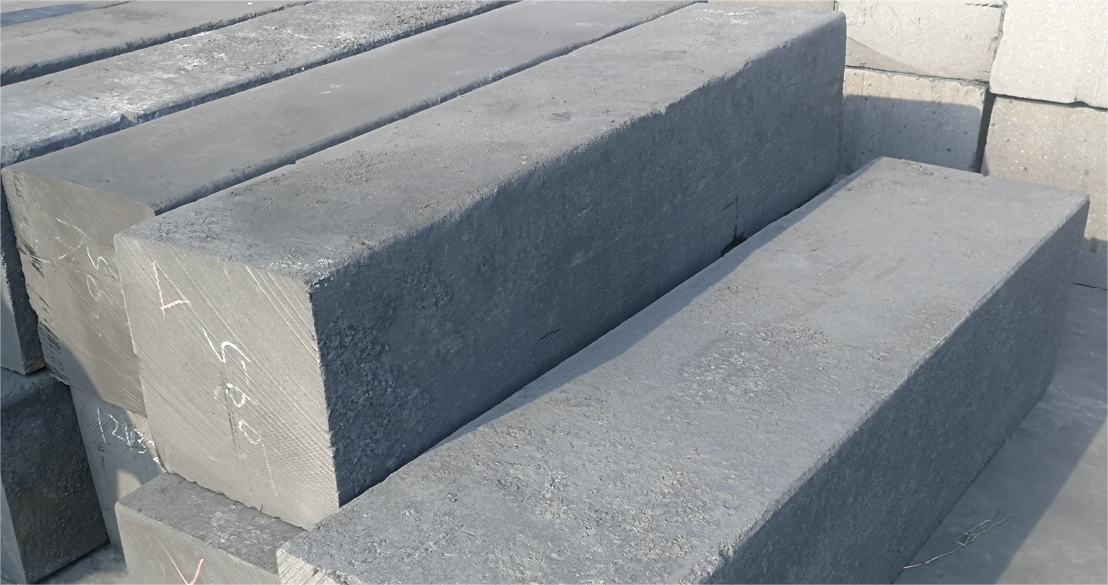
The raw materials required for the production of special graphite mainly include aggregates (petroleum coke, asphalt coke), binders, impregnants and additives.
Aggregate: Petroleum coke or asphalt coke
Petroleum coke is a solid carbonaceous material obtained by coking petroleum residue and petroleum asphalt, with carbon as the main element. Asphalt coke is obtained by coking coal tar. The total porosity of asphalt coke is lower than that of petroleum coke. When used as product aggregate, it can improve the mechanical strength of the product, but the product has a large resistivity and a large linear expansion coefficient.
According to data from the National Bureau of Statistics, the domestic petroleum coke output in 2023 was about 33.426 million tons, an increase of 11.3% year-on-year. In 2024, domestic refineries may be overhauled, and the impact on output is expected to be more significant than last year.
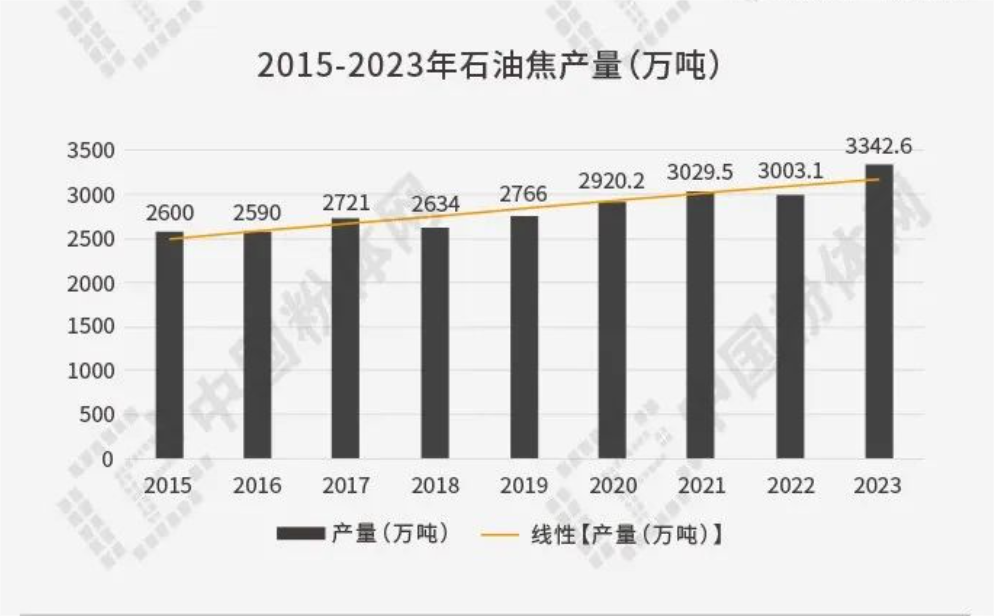
In 2023, China's total consumption of petroleum coke will be 44.2 million tons, an increase of 8.03% year-on-year. Among them, the demand for petroleum coke in the field of prebaked anodes still maintains a good growth momentum, accounting for 59% of the entire consumption structure.
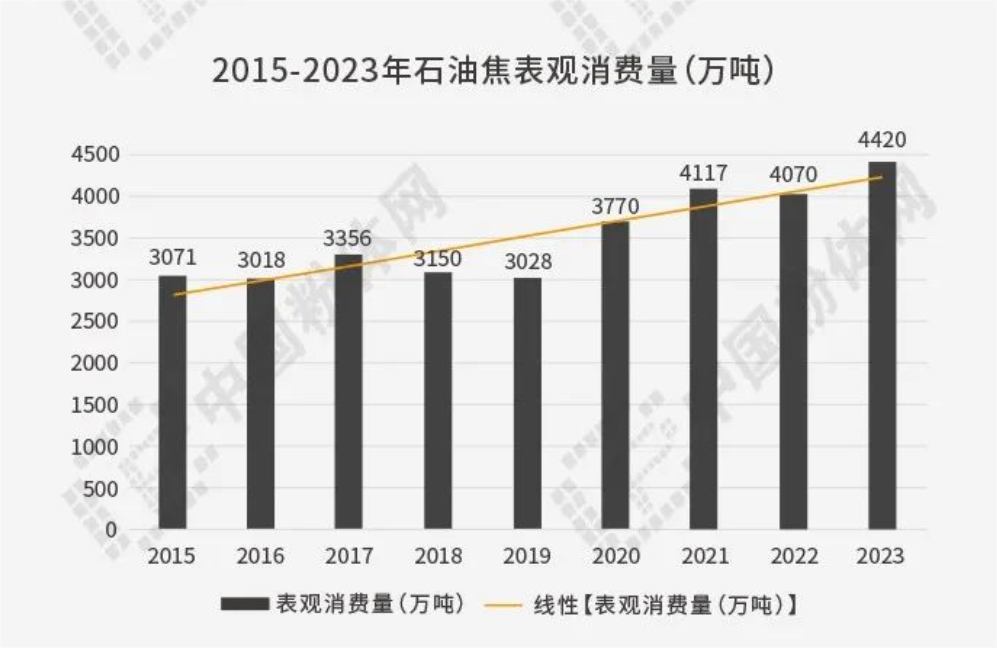
Binder: Coal tar
The binder is a modified asphalt or high-temperature asphalt with a softening point between 100 and 115°C. Coal tar is the residue after distillation of coal tar. It is a black solid at room temperature. After being melted, it is mixed with aggregate to play a bonding role.From 2023 to 2024, the national coal tar production capacity is about 28.73 million tons.
Asphalt market price
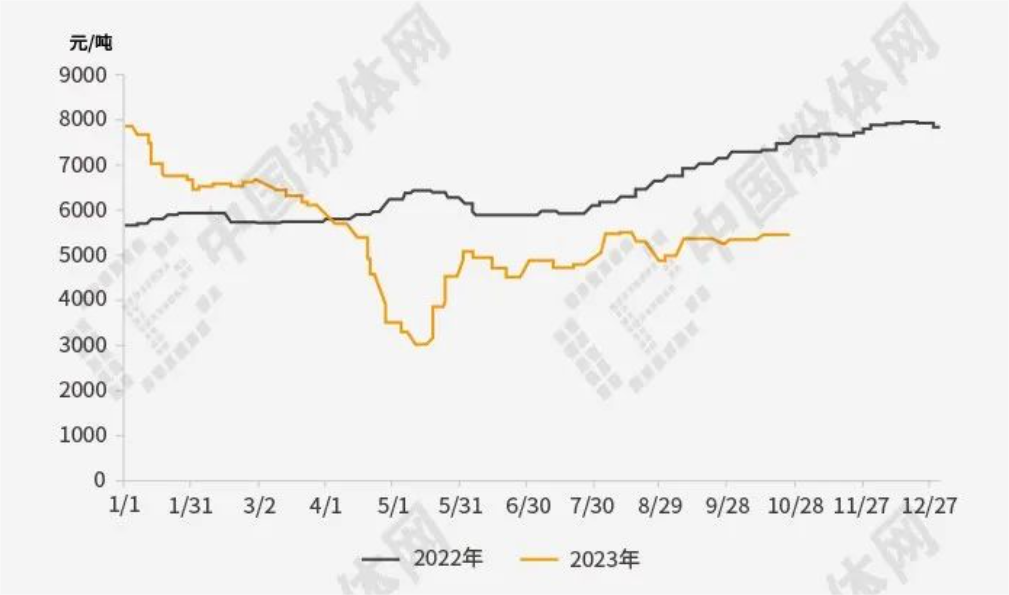
Special graphite production process
1.Production process flow: Using calcined petroleum coke or asphalt coke as raw materials and coal tar as binder, it is processed through raw material grinding, mixing with high-temperature asphalt, sheet rolling, secondary grinding, molding, roasting, impregnation, graphitization and other processes. Depending on the product specifications and process requirements, the number of impregnations ranges from one to three times, and the number of roastings ranges from one to four times, so the production cycle of the product ranges from 3 to 10 months.
YeCarbon Shanghai Graphite Co. Ltd. can provide customers with special graphite, which is divided into the following categories.
Special graphite products
|
category |
Fine structure graphite |
Medium coarse structure graphite |
|
|
Forming method |
Compression molding |
Compression molding Isostatic pressing |
Extrusion |
|
Physical properties |
The particle size is between 10-20um, and is generally three-baked graphitized products, with a density of about 1.80kg/m3. The particles are fine and smooth, can be used for precision processing, and have "anisotropy". |
The particle size is between 5-20um, the density is about 1.80kg/m°, the particles are fine and smooth, can be used for precision processing, and have "anisotropy". |
The particle size is between 0.5-2.0mm, and it is generally mainly a double-baked graphitized product. The density is between 1.55-1.75kg/m3. The particles are coarse and the surface is rough, which cannot be used for precision processing. |
|
Specifications |
The product specifications are small, and the weight is generally less than 200kg. The more common specifications on the market are 330mmx330mmx-180mm, 0300mmx25mm, etc. |
The product specifications are relatively large, and the weight is generally above 500kg. The more common specifications in the market are 1160mmx1140mmx260mm, 2620mmx700mm, etc. |
The product specifications are relatively large, and the weight is generally above 700kg. The more common specifications on the market are 500mmx500mmx2000mm, 01200mmx360mm, etc. |
|
Application Areas |
Mainly artificial diamond, metal smelting, lithium battery and photovoltaic (multi-grade silicon) production consumables. |
Mainly semiconductors, photovoltaics (monocrystalline silicon production consumables), electric spark, military industry and nuclear engineering. |
Mainly chemical industry and metal smelting. |
Price: Generally speaking, the price of medium-coarse structural graphite is less than the price of molded graphite and less than the price of isostatic graphite.
In general, isostatic graphite has a wider application field. In addition to the general application field of compression molded graphite, it can be further expanded to aerospace, military industry and nuclear engineering. To learn more about characteristic graphite, please pay more attention to us.
Related Blogs
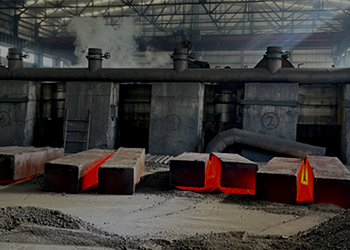
Specialty Graphite Terminal Applications
In recent years, the downstream applications of special graphite are still expanding. As a new material with multiple excellent properties, the special graphite industry market is still not saturated and is facing new opportunities.
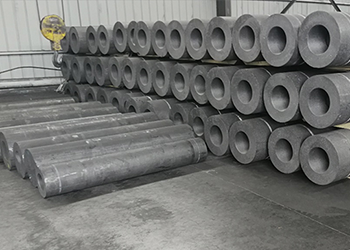
Graphite actually hides a "technological mine"? The reserves are no less than one million tons!
In the past few years, the recycling of waste lithium batteries has attracted widespread attention, and the enthusiasm has not diminished. In particular, the positive electrode contains high-value metal elements such as Li, Co, Ni, and Mn, and the enthusiasm for recycling is comparable to digging for gold in the "urban mine"
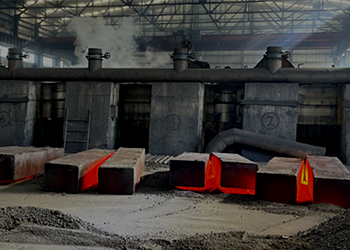
Detailed explanation of raw materials and manufacturing process for graphite electrodes
Graphite electrodes are a kind of high-temperature resistant graphite conductive material produced by a series of processes such as mixing, molding, roasting, impregnation, graphitization, and mechanical processing using petroleum coke and needle coke as aggregates and coal tar as binder.
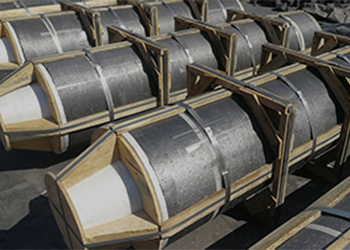
Causes and countermeasures of cracks in carbon products during baking
Since the binder used in most carbon products is coal tar, during the roasting process, the raw product to the roasted product has a process from hardening (raw product strength) to softening and hardening (roasted product strength).

Specialty Graphite Terminal Applications
In recent years, the downstream applications of special graphite are still expanding. As a new material with multiple excellent properties, the special graphite industry market is still not saturated and is facing new opportunities.

Graphite actually hides a "technological mine"? The reserves are no less than one million tons!
In the past few years, the recycling of waste lithium batteries has attracted widespread attention, and the enthusiasm has not diminished. In particular, the positive electrode contains high-value metal elements such as Li, Co, Ni, and Mn, and the enthusiasm for recycling is comparable to digging for gold in the "urban mine"

Detailed explanation of raw materials and manufacturing process for graphite electrodes
Graphite electrodes are a kind of high-temperature resistant graphite conductive material produced by a series of processes such as mixing, molding, roasting, impregnation, graphitization, and mechanical processing using petroleum coke and needle coke as aggregates and coal tar as binder.

Causes and countermeasures of cracks in carbon products during baking
Since the binder used in most carbon products is coal tar, during the roasting process, the raw product to the roasted product has a process from hardening (raw product strength) to softening and hardening (roasted product strength).
Contact Us



